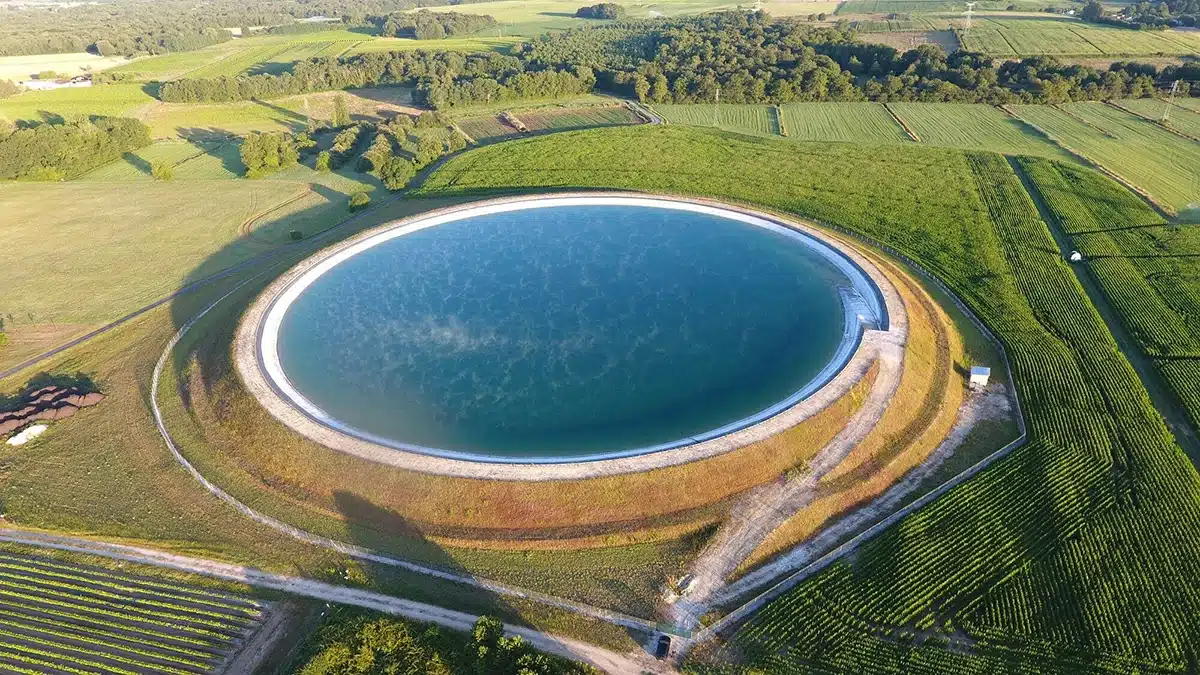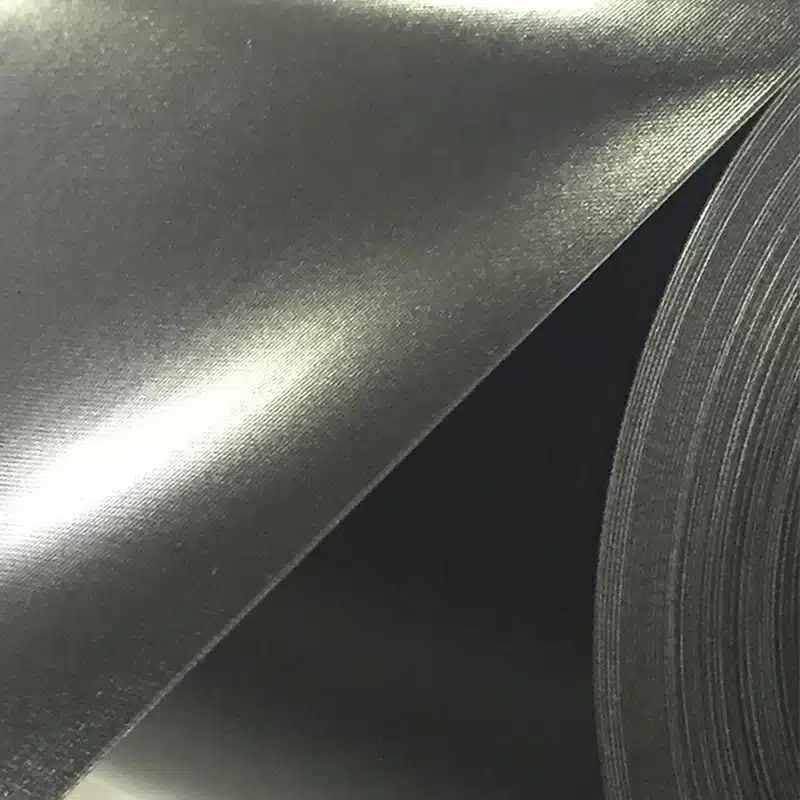+86-159 9860 6917
info@geofantex.com
geofantex@gmail.com
+86-400-8266163-44899
Geomembrane gas venting systems are essential components in projects that involve waste containment, environmental protection, and industrial applications. These systems, when integrated with geomembranes, prevent the buildup of harmful gases beneath sealed areas like landfills, helping to mitigate environmental hazards. Geomembranes, acting as barriers, control the migration of gases and liquids, ensuring the integrity of waste management systems. In this article, we’ll explore different types of geomembranes, the role of gas venting systems, and how they work together to promote environmental safety.
What are the three types of geomembranes?
The three main types of geomembranes are:
| HDPE (High-Density Polyethylene) | Known for its strength and chemical resistance, HDPE geomembranes are commonly used in landfill liners, mining operations, and water containment projects. |
| PVC (Polyvinyl Chloride) | This material is more flexible than HDPE and is often used in applications that require adaptability to uneven surfaces, such as decorative pond liners or smaller containment areas. |
| EPDM (Ethylene Propylene Diene Monomer) | EPDM geomembranes are highly elastic, making them suitable for applications where flexibility is critical, such as in pond liners and other structures where the substrate may shift. |
Each type of geomembrane is chosen based on specific project needs, such as durability, flexibility, and resistance to environmental factors.

What is a gas venting system?
A gas venting system is designed to safely release gases, such as methane or carbon dioxide, that accumulate beneath geomembrane liners in landfills or similar applications. This process involves allowing unwanted gaseous by-products to exit an underground system, preventing the buildup of pressure. Without proper venting, gas pressure can build up and compromise the integrity of the geomembrane barrier, leading to potential environmental hazards. Gas venting systems typically consist of pipes or channels placed beneath the geomembrane that allow trapped gases to escape in a controlled manner, maintaining the structural stability of the covered area.
What is the purpose of a geomembrane?
The primary purpose of a geomembrane is to act as a barrier to control the migration of fluids or gases in containment projects. Geomembranes are widely used to stabilize earth and to secure landfills, ensuring containment of hazardous or municipal wastes and their leachates. Applications include landfills, mining operations, and water reservoirs. By preventing the seepage of contaminants into the surrounding environment, they help protect groundwater and ecosystems from pollution. In gas venting systems, geomembranes also serve to trap gases while allowing for their controlled release, ensuring both environmental protection and the longevity of the containment system.
What is the difference between geomembrane and liner?
While the terms “geomembrane” and “liner” are often used interchangeably, there is a subtle distinction between the two. A geomembrane is a synthetic membrane specifically designed for containment and environmental protection purposes. It is manufactured to prevent the passage of fluids or gases and is used in a wide range of industrial applications. On the other hand, a liner is a more general term that refers to any material, natural or synthetic, used to line a structure or surface to prevent leaks or seepage. All geomembranes are liners, but not all liners are geomembranes, as liners can include materials like clay or natural barriers.
Geomembrane gas venting systems play a crucial role in environmental protection, ensuring that harmful gases generated in containment projects are safely vented. By combining geomembranes—used to control the migration of fluids and gases—with gas venting systems, these structures effectively manage environmental risks. Understanding the types of geomembranes and how gas venting systems function can help engineers and environmentalists choose the right solutions for maintaining safety and sustainability in their projects.



Get Free Sample
We’ll respond as soon as possible(within 12 hours)






















